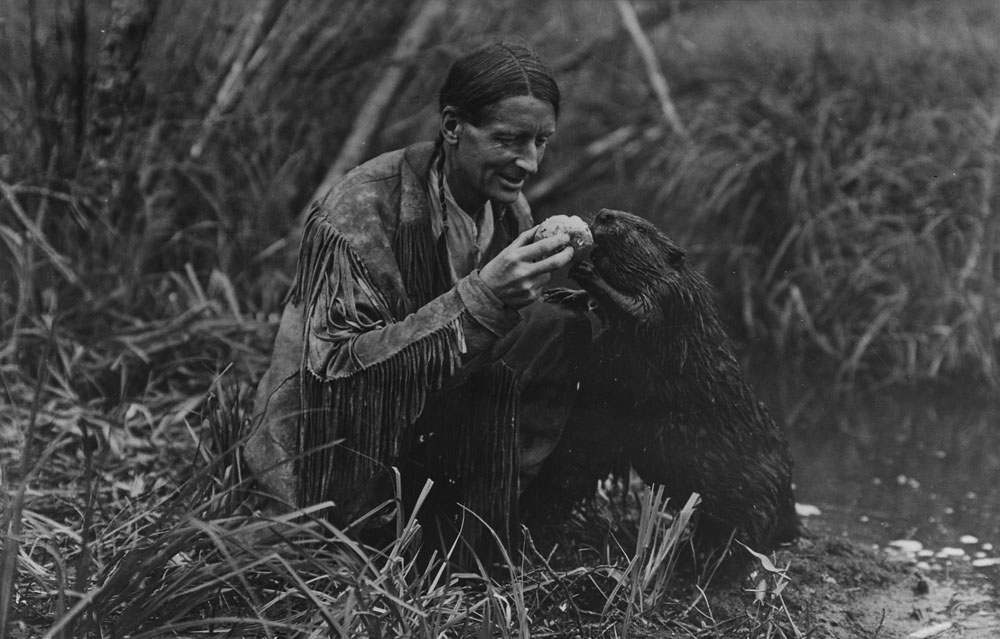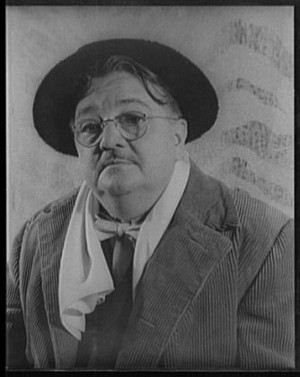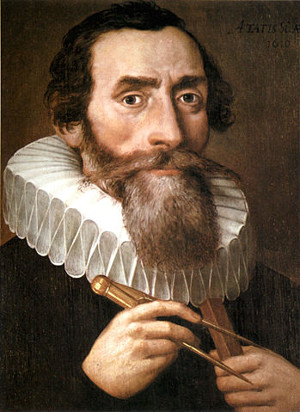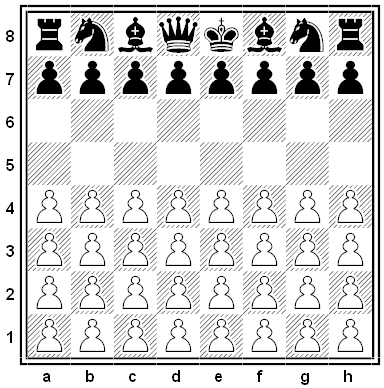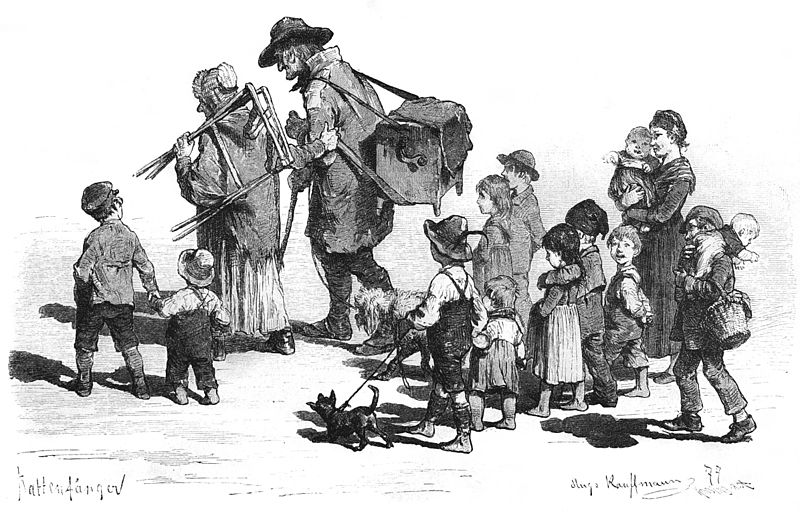When dredging began off the south Devon village of Hallsands in the 1890s, it destabilized the beach, permitting storms to reach the town. A strong storm in 1917 washed away 37 homes, but a single cottage on a hill was left standing, and a single resident, Elizabeth Prettejohn, lived alone in the ruined village for 47 years, until her death in 1964 at age 80.
“I have all my memories here, but it’s no good sitting down moping,” she said shortly before she died. “It was the dockyard that took all our beach. It blew for four days and four nights. The sea was like mountains. I prayed god that the wind would stop. … Once I thought of moving to Dartmouth, but this is where I belong with my memories.”
(Thanks, Cathy.)

